Colorado sauce Mexican, also known as salsa de chile Colorado, is a traditional Mexican red sauce made from dried red chilies like ancho, guajillo, or pasilla. It's known for its rich, slightly sweet, and savory flavor profile—not spicy hot—and is a staple in dishes like enchiladas, tamales, and tacos. This guide covers everything you need to know about Colorado sauce, including its history, ingredients, recipes, and best uses.
| Brand | Flavor Profile | Heat Level | Best For | Available In |
|---|---|---|---|---|
| La Costeña | Sweet, earthy, balanced | Mild | Enchiladas, Tamales | Grocery Stores |
| Dona Maria | Smoky, rich | Mild to Medium | Meat Dishes, Burritos | Latin Markets |
| Goya | Fruity, slightly tart | Mild | Stews, Beans | Supermarkets |
| Casa Mexico | Complex, layered spices | Medium | Mole, Marinades | Online Stores |
| El Yucateco | Smooth, slightly sweet | Mild | Everyday Cooking | Amazon, Specialty Shops |
What Is Colorado Sauce?
Colorado sauce, sometimes called "salsa de chile Colorado", is a traditional Mexican red sauce made primarily from dried red chilies. Despite its name, which means "red" in Spanish, it's not necessarily spicy hot — instead, it's rich, slightly sweet, and deeply savory. The key ingredient is ancho chili, though other dried red chilies like pasilla or mulato may also be used depending on regional preferences.
It plays a starring role in many classic Mexican dishes, including tamales, enchiladas, tacos, and even soups. Colorado sauce is one of the foundational sauces in Mexican cuisine, often grouped alongside verde (green) and mole sauces as essential components of the country's culinary identity.
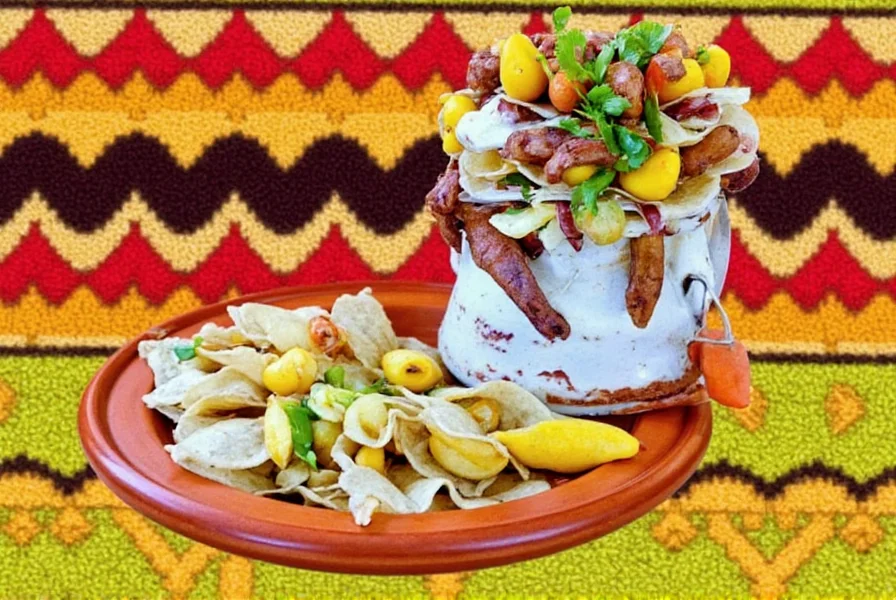
The Secret Behind Its Rich Flavor
The beauty of Colorado sauce lies in its simplicity — just a few high-quality ingredients come together to create something complex and satisfying. Here's what typically goes into a basic Colorado sauce:
- Dried Red Chilies: Ancho chilies are the star, but variations might include guajillo, pasilla, or California chilies for different notes of heat and sweetness.
- Tomatoes: Either fresh or canned, tomatoes provide acidity and balance the sweetness of the chilies.
- Onion & Garlic: These aromatics build the base of the sauce, giving it depth and richness.
- Spices: Cumin, oregano, cloves, and cinnamon often make appearances, adding warmth and complexity.
- Broth or Water: Used to adjust the consistency and blend everything smoothly.
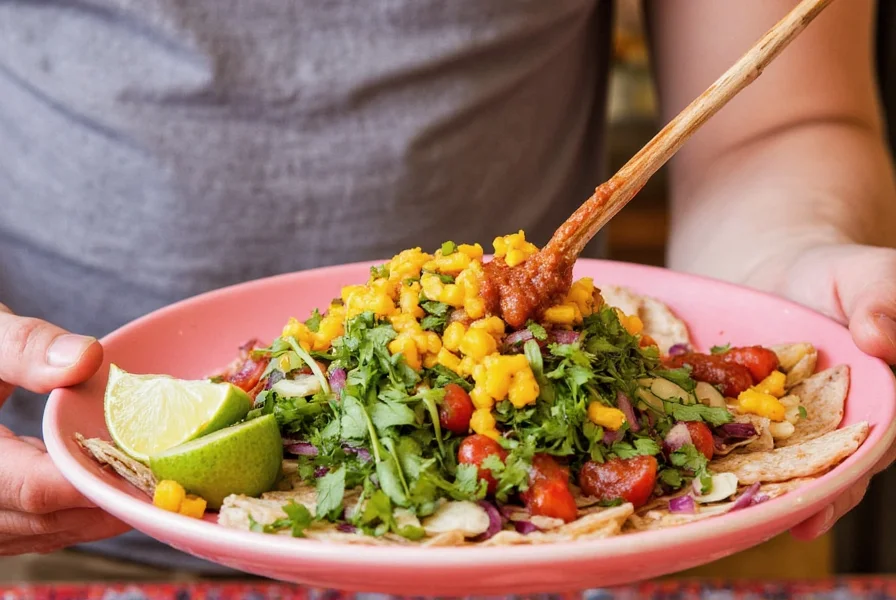
How to Use Colorado Sauce in Everyday Cooking
Colorado sauce is incredibly versatile. Here are five delicious ways to bring it into your weekly meal rotation:
- Tamale Filling: Pour the sauce over masa dough before steaming for a deep red, flavorful tamale experience.
- Enchilada Base: Drizzle generously over chicken or cheese-filled enchiladas before baking until bubbly.
- Taco Glaze: Brush lightly onto tortillas or mix into ground meat for a subtle kick.
- Soup Enhancer: Stir into black bean soup or tomato-based broths for added depth.
- Marinade: Blend with citrus and oil to create a unique marinade for grilled meats or tofu.
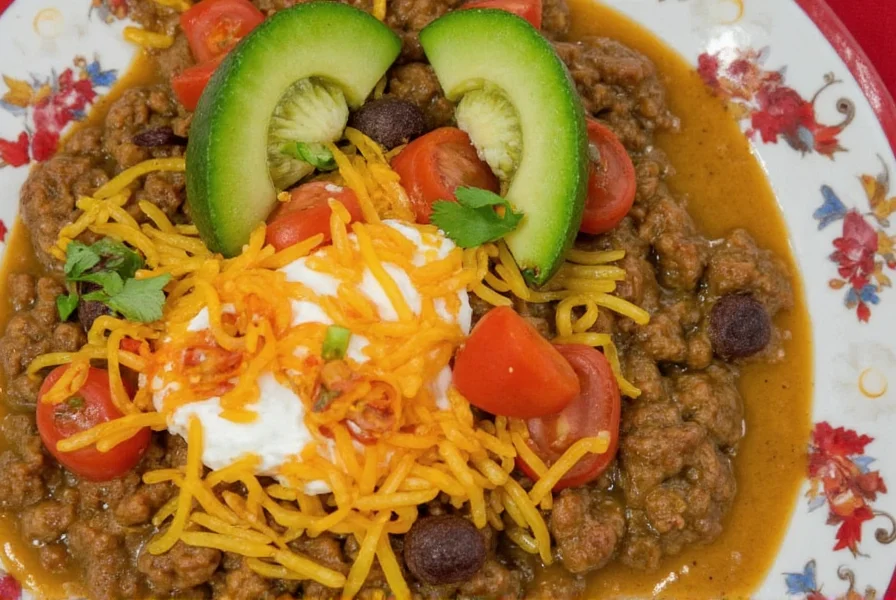
DIY Colorado Sauce: Make It at Home
Making Colorado sauce at home is easier than you think. Here's a simple recipe to get you started:
Homemade Colorado Sauce Recipe
Ingredients:- 5–6 dried ancho chilies (stemmed and seeded)
- 2 large tomatoes
- 1 small onion
- 2 garlic cloves
- 1 tsp cumin
- ½ tsp dried oregano
- Salt to taste
- 1–2 cups vegetable or chicken broth
- Soak the dried chilies in warm water for 20–30 minutes until soft.
- Roughly chop the tomatoes, onion, and garlic; roast them in the oven at 400°F (200°C) until charred.
- Blend all ingredients (including soaked chilies) with enough broth to reach desired consistency.
- Simmer the sauce for 10–15 minutes to let the flavors meld together.
- Strain if needed for a smoother texture, or leave chunky for rustic charm.
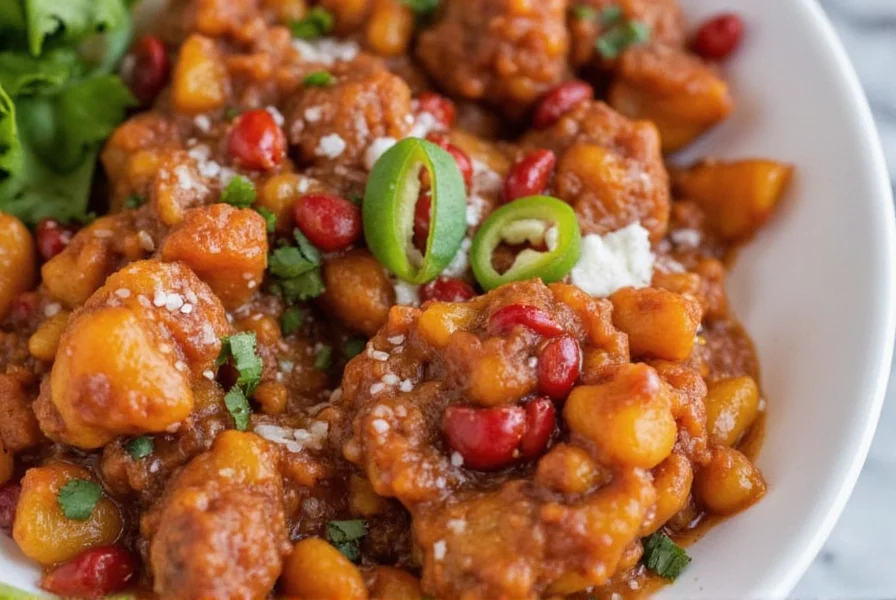
Buying Guide: What to Look For When Buying Colorado Sauce
If making it yourself isn't your thing, there are plenty of store-bought Colorado sauces that do a great job. Here's what to look for when shopping:
- Quality Ingredients: Avoid sauces with artificial preservatives or high-fructose corn syrup.
- Balanced Flavor: A good Colorado sauce should offer a perfect mix of sweetness, smokiness, and mild heat.
- Authentic Branding: Choose brands known for authentic Mexican products — La Costeña, Dona Maria, and Goya are solid options.
- Versatility: Check the label to see if it works well in multiple dishes — tamales, enchiladas, and soups.
- Packaging: Opt for glass jars for better preservation and minimal plastic taste transfer.
Perfect Pairings: What Goes Best With Colorado Sauce?
Because of its rich, mildly sweet profile, Colorado sauce pairs beautifully with certain foods. Here are our top five recommendations:
- Chicken Enchiladas: A classic combination where the sauce soaks into the tortilla and complements the tender chicken.
- Beef Barbacoa: The slow-cooked meat absorbs the sauce's flavors perfectly.
- Black Beans: Adds a nice depth to plain beans, especially when served with rice.
- Vegetable Tamales: Especially those filled with squash, zucchini, or mushrooms.
- Eggs: Try it in a breakfast burrito or as a topping for huevos rancheros.
Frequently Asked Questions
Is Colorado sauce spicy?
No, Colorado sauce is generally mild and more sweet and earthy than hot. If you want more heat, you can add jalapeño or serrano peppers when blending. The authentic flavor comes from the balance of earthy ancho chilies rather than intense heat.
What's the secret to authentic Colorado sauce flavor?
The secret lies in properly toasting and soaking the dried chilies, using fresh roasted tomatoes, and balancing the spices. The most authentic versions use a combination of ancho and guajillo chilies, with a touch of Mexican oregano and cumin. Don't rush the simmering process - letting the sauce meld for at least 15 minutes makes a significant difference in flavor depth.
Can I freeze Colorado sauce?
Absolutely! Store it in airtight containers or ice cube trays for easy portioning. It keeps well in the freezer for up to 6 months. When properly frozen, Colorado sauce maintains its complex flavor profile, making it convenient to have authentic Mexican flavor ready whenever you need it.
What's the difference between Colorado and Rojo sauces?
"Rojo" simply means red in Spanish, while Colorado sauce specifically refers to the traditional red sauce made from ancho chilies with a specific flavor profile. Colorado sauce has a distinctive earthy-sweet taste from the carefully selected dried chilies, whereas generic "rojo" sauces might just be any red-colored sauce without the traditional preparation methods.
How can I fix Colorado sauce that's too bitter?
If your Colorado sauce tastes too bitter, it's likely from over-toasting the chilies or using old spices. To fix it, add a small amount of honey or sugar (1/2 teaspoon at a time), along with a squeeze of fresh lime juice. Simmer for an additional 5 minutes to allow the flavors to balance. The authentic flavor should be earthy and slightly sweet, not bitter.
Can I use Colorado sauce as a dip?
While not traditionally used as a dip, it can be thinned with a bit of lime juice or oil and served with tortilla chips or quesadillas for a unique twist. For the most authentic experience, try it as a base for enchiladas or tamales rather than as a dip, as these are its traditional applications in Mexican cuisine.
Conclusion
Colorado sauce is more than just a colorful condiment — it's a cornerstone of Mexican cuisine that brings both flavor and tradition to the table. Whether you're using it in tamales, enchiladas, or experimenting with fusion dishes, it's a versatile staple worth mastering.
Now that you've got the lowdown on Colorado sauce Mexican style, it's time to stock up, whip up a batch, or grab a bottle off the shelf. Let your inner chef go wild — your taste buds will thank you!

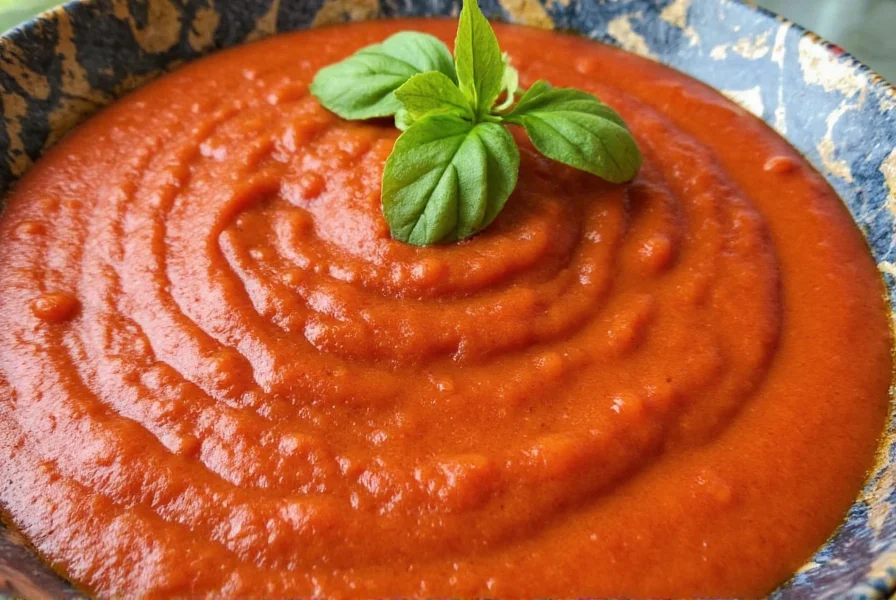









 浙公网安备
33010002000092号
浙公网安备
33010002000092号 浙B2-20120091-4
浙B2-20120091-4